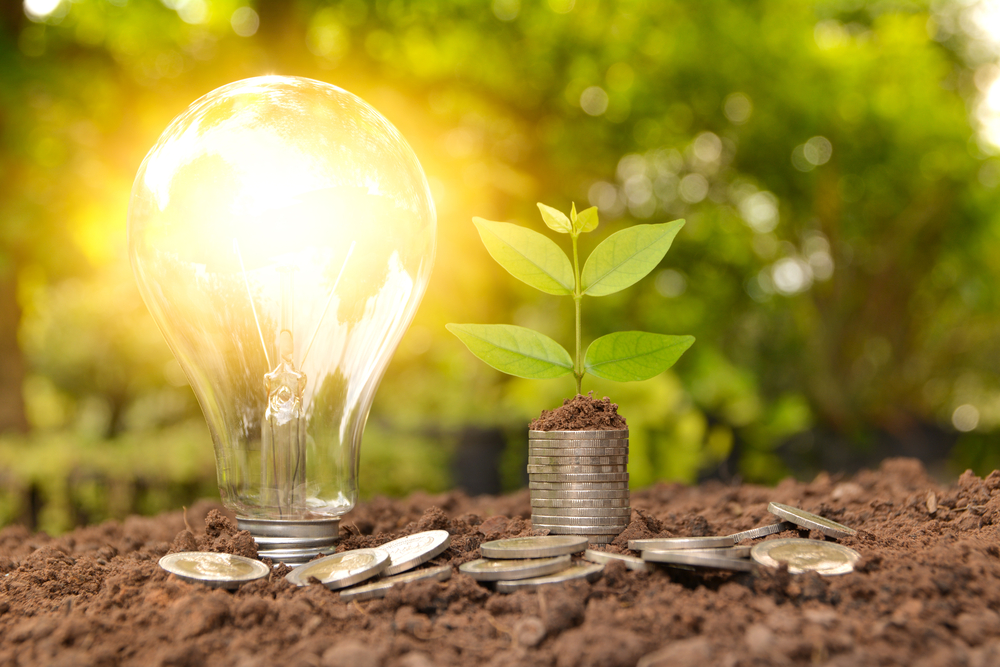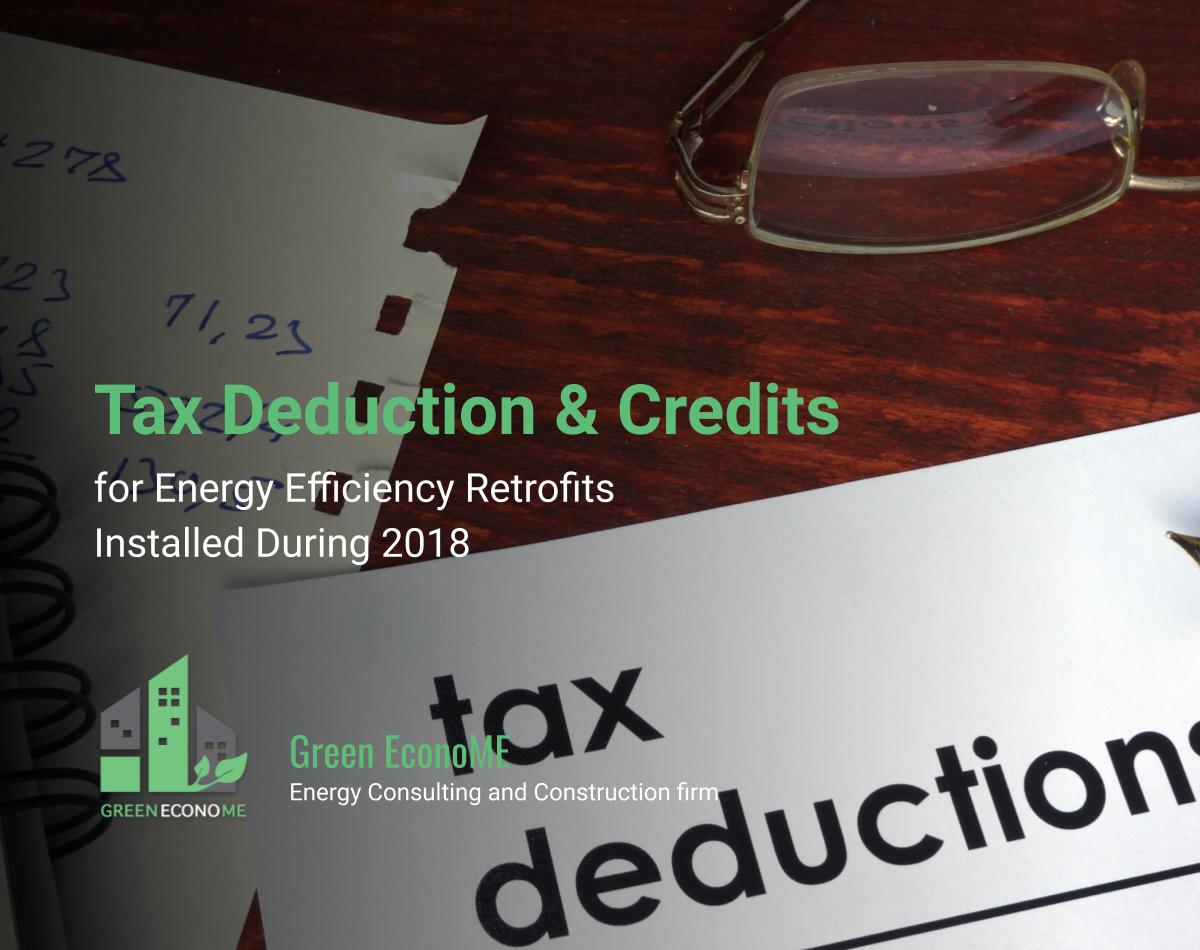“The increased risk of catastrophic wildfires poses an immediate threat to communities and properties throughout the state…[The state’s] electrical corporations must invest in hardening of the state’s electrical infrastructure and vegetation management to reduce the risk of catastrophic wildfires.” Kevin Payne, Southern California Edison president and chief CEO, addressed head-on in his General Rate Case testimony the primary issue facing his company and other investor-owned utilities (IOUs) across the American West. Wildfires are an ongoing crisis, and energy companies are feeling the heat. SCE is next up for revenue increase approval by the California Public Utilities Commission (CPUC), and their request is in the billions. Although this does mean monthly rate increases to customers, it also signals something larger: the need for end-users to become part of the solution.
The General Rate Case
General Rate Cases (GRCs), are proceedings made by utility companies to the Public Utilities Commission to address the costs of operating and maintaining the utility system and the distribution of those costs among customer groups. Cases are made every three to four years. Although all providers are required to do this, the three largest IOUs bear the most significant impact. In California, San Diego Gas & Electric and Pacific Gas & Electric have already submitted their applications for changes beginning in 2019 and 2020. SCE is in the final phase and approval is expected in early 2021.
The cost of power
SCE’s request represents a $1.295 billion, or 20.1% revenue increase in 2021. Increases for 2022 and 2023 are $366.5 and $534.2 million respectively. Although percentages vary across customer groups, this translates to approximately two cents more, per kWh in 2021. PG&E and SDG&E were not too far behind. PG&E asked for a $1.058 billion or 12.4% revenue hike for 2020. Rolling in third was SDG&E at a combined $2.199 billion revenue requirement, or an 11% increase over four years beginning in 2019.
What is it for?
The key reasons for SCE’s proposed increase are stated as:
- Reducing the risk of wildfires to keep the electric grid safe for the public and for SCE workers
- Reinforcing grid reliability and grid resiliency in case of emergency
- Improving customer service and communication, integrating distributed energy resources, and offering customers more choices to meet their needs
Top of the list, SCE is asking for more funding to help bolster wildfire prevention, risk monitoring, and emergency response. They will do this by adding new and enhanced safety measures like HD cameras and weather stations to detect ignitions. They will increase vegetation management, by continually removing potential fuel like branches and hazardous trees from power lines. They will perform system hardening or fixing bare wires to increase resilience and help further reduce wildfire risk.
Next, is SCE’s plan to upgrade technology and infrastructure to further grid safety, and modernization. Among other things, this means SCE still struggles to keep the power on. Urged by California’s clean energy reform, SCE continues to prioritize and invest in clean energy generation from customers connected to the grid. Stated as part of this, is integrating into the grid Distributed Energy Resources (DERs). Edison describes DERs as, “small scale local resources, often installed at a customer’s home or business, [that] can help meet California’s greenhouse gas reduction goals, help customers reduce electricity use and support grid reliability.” Their robust programs and incentives provide compelling opportunities to building owners throughout California.
The case for clean and efficient energy
If you have already implemented or are considering self-generation like solar, and energy storage, here are some of the programs in place. Net Energy Metering, provides billing credits for surplus energy you “sell back” to the grid. Solar Power on Warehouse Rooftops program, is exactly what it sounds like. Providing your warehouse rooftop(s) as a sort of solar farm, for which you will both use the power and get paid for the surplus kWh. SOMAH is a community program for multi-family low-income housing, which offsets tenant cost and implements cleaner renewable energy. SGIP and green energy strategies are programs that provide clean energy solutions and help finance the cost of installation. These are only some of the opportunities to make self-generation easier to light up and quicker to pay back.
Outside of self-generation, energy efficiency has always been a proven path to reducing your use and cost while qualifying for incentives. For example, enrolling in an energy solutions incentive program like Demand Response, or Express Solutions, may not only offset future rate increases to your site, but qualify you for further discounts, financing, or credits. The best part is that you chose the efficiency modalities that best suit your needs. For effective retrofit measures, visit our Energy Efficiency Retrofits page. Green EconoME’s work at Warner View Center spotlights the impact of integrating newer technologies and self-generation at a single site.
Fires rage on across the western United States, holding up what seems to be a promise for climate change. If we do nothing, more extreme weather conditions and events will be our fearsome reality. The multi-faceted issue which is met with even more refracting opinions does hold one fact to be true. Wildfires come at an enormous expense and are taxing an aging infrastructure. If this isn’t the tipping point of real change in our behaviors and long-term investments into solutions, how will we be paying for it in GRC cycles to come?
Visit the CPUC website to read the complete SCE application or to submit public comment. When you are ready to explore energy efficiency or self-generation options for your property, please contact us.







